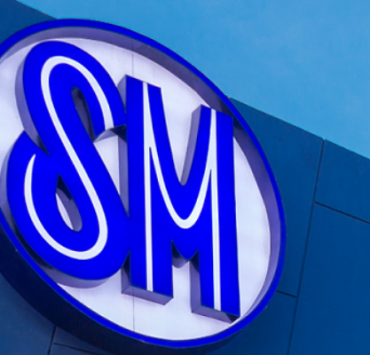How to protect your stock portfolio from peso volatility

Last week, we discussed how historically, the stock market and the peso-dollar exchange rate often move in opposite directions. When the peso depreciates against the dollar, the price of the dollar goes up while the stock market declines.
Conversely, when the peso appreciates against the dollar, the price of the dollar goes down while the stock market rises.
True to market history, we observed in the past weeks that as the peso appreciated from 58.84 at the start of the month to as low as 58.24:$1 last Friday, the price of the dollar began to correct.
Simultaneously, the Philippine Stock Exchange Index (PSEi) began to rally, gaining 4 percent in two weeks to end at over 6,600.
As the peso remains volatile, with a 62 percent negative correlation between the exchange rate and the stock market, the market will likely continue its rally as the peso appreciates.
However, once this correction is over, we can expect the peso to depreciate again. Given the current strength of this inverse relationship, the stock market is expected to resume its downtrend when the dollar rises.
It is important to recognize that this broad relationship does not apply uniformly to all stocks. Some stocks are highly sensitive to changes in the exchange rate, while others remain relatively stable. Not all stocks exhibit the same behavior in response to exchange rate fluctuations.
The sensitivity of stocks to the peso can be measured using beta, a statistical measure that indicates how much a stock price moves in relation to market changes.
Beta measures stock volatility compared with the overall market. A beta of 1.0 means that the stock price is expected to move in line with the market.
If the market rises by 1 percent, a stock with a beta of 1.0 would also rise by 1 percent and vice versa. Stocks with a beta greater than 1.0 are more volatile than the market, meaning they will experience larger price changes in response to market movements.
Conversely, stocks with a beta less than 1.0 are less volatile and will experience smaller price changes.
In the context of the peso-dollar exchange rate, beta can help investors understand how sensitive a stock is to currency fluctuations. For example, if we measure the beta of stocks belonging to the PSEi, we will find that ACEN is the most sensitive to volatility in the peso with negative 1.74 beta.
This means that if the peso depreciates by 1 percent, the share price of ACEN could fall by 1.74 percent. One reason for the high sensitivity of the stock to exchange rate volatility could be the significant amount of foreign-denominated debts.
Although its exposure may not necessarily be the largest among the PSEi stocks, the market may perceive the stock to have the highest risk related to peso depreciation, as indicated by the historical beta.
Other PSEi stocks that tend to exhibit significant price changes in response to fluctuations in the price of the dollar include Alliance Global, which has a beta of -1.62, followed by Bloomberry with -1.52, JG Summit Holdings with -1.42 and DMCI Holdings with -1.23.
Some stocks in the PSEi have shown stability against the volatility of the peso. These stocks are less affected by exchange rate changes and offer a degree of resilience. The top index stocks with the lowest beta are Puregold, which has a beta of -0.157, followed by LT Group with -0.185, San Miguel Corp with -0.205, Meralco with -0.218 and SM Investments with -0.42.
It is interesting to note that among the PSEi stocks, there are three that have a positive correlation with exchange rate volatility. This means that their stock prices move in the same direction as the exchange rate.
When the price of the dollar goes up, the stock prices also increase and vice versa. These stocks are Nickel Asia, which has a beta of 0.76, Emperador with 0.46 and Aboitiz Equity Ventures with 0.34.
Understanding the beta correlation between stocks and exchange rates helps investors develop better strategies. High-beta stocks offer the potential for significant gains but come with higher risks, especially during periods of currency volatility. These stocks may be suitable for investors with a higher risk tolerance and a focus on capitalizing on market movements.
Low-beta stocks, on the other hand, provide stability and are less likely to experience drastic price changes due to exchange rate fluctuations. These stocks are ideal for conservative investors seeking steady returns and lower risk exposure.
Henry Ong is a Registered Financial Planner of RFP Philippines. Stock data and tools were provided by First Metro Securities.
To learn more about investment planning, attend 108th batch of RFP Program this July 2024. To register, e-mail info@rfp.ph or text 09176248110.


















